The Babadook – Mental Illness and Motherhood
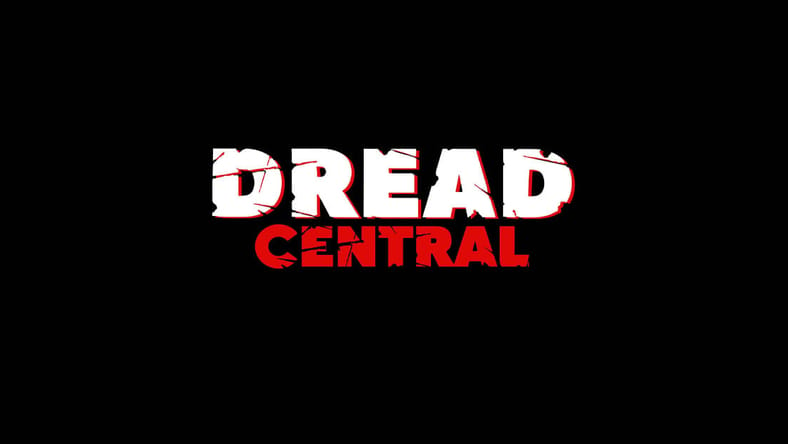
Jennifer Kent’s The Babadook (review) has been making quite the buzz since its 2014 release. The premise seems simple: Amelia is a single mother to Samuel, who is a troublemaker and overall nuisance in school and to everyone around him. Samuel was born after his father was killed in a car accident while transporting Amelia to the hospital.
Amelia is plagued with pain and grief from her husband dying and cannot seem to take care of herself or Samuel. One night, Samuel picks out a book called The Babadook for his mother to read. The book is filled with monstrous imagery and words, and Samuel starts to become completely immersed in everything about it, to the point where he is constantly telling his mother that he must use weapons to protect her against it. The most interesting thing about this movie is how the viewer can look at it as a ghost story or a psychological thriller. I would argue the latter.

Horror and the Gothic began in Britain in the 19th century; Horace Walpole’s The Castle of Otranto is thought by many Gothic scholars to be the first Gothic novel that set the tone for Gothic tropes. David Punter and Glennis Byron in The Gothic claim that the Gothic has transformed a lot over the years, but many of the tropes remain the same and have transcended into media we see in the 21st century. The Gothic is viewed as being chaotic and having terror as the main plot. James Watt claims in Eighteenth-Century Gothic: Nation, History, Gender the Gothic is the otherness/outlandishness of the past, which seems to disclose ghostly and alien traces of the past and present. In her novel The Contested Castle: Gothic Novels and the Subversion of Domestic Ideology, Kate Ferguson Ellis claims, “I had intended to write about the literary use of the home as a place of security and concord, but found myself writing instead about the home as a place of danger and imprisonment.” Based off of all of this, The Babadook falls under many tropes seen in the Gothic for the past three centuries. But I believe The Babadook also adds more commentary to the Gothic, especially in regards to mental illness and motherhood.
From the get-go, it is obvious that Samuel’s erratic behavior has literally driven Amelia insane. According to the American Psychological Association, Postpartum Depression is defined as “serious mental health problem characterized by a prolonged period of emotional disturbance, occurring at a time of major life change and increased responsibilities in the care of a newborn infant. PPD can have significant consequences for both the new mother and family.” Based off of this, it is easy to say that this is part of how Amelia is feeling about Samuel.
I can also argue that Amelia is dealing with Post-Traumatic Stress Disorder after the death of her husband; this is defined by the Mayo Clinic as “a mental health condition that’s triggered by a terrifying event — either experiencing it or witnessing it. Symptoms may include flashbacks, nightmares and severe anxiety, as well as uncontrollable thoughts about the event.” With PTSD, the symptoms may begin months after the traumatic event, but sometimes the symptoms don’t appear until years after the event. The first scene shows Amelia having a nightmare about her husband dying in the car accident, and I’m sure this has plagued her since the event. Both PPD and PTSD can be treated with medication and it is also encouraged to see a therapist. Since Amelia has not been treating her mental illnesses, she continually gets worse throughout the course of the film. She is falling behind at work, the little family she has left doesn’t even want her around, and she has absolutely no control over Samuel. Amelia takes Samuel out of school because she does not want to explain anything to the school administrators about Samuel’s behavior; she is embarrassed by him and is copping out of having to explain her pitiful life to everyone.
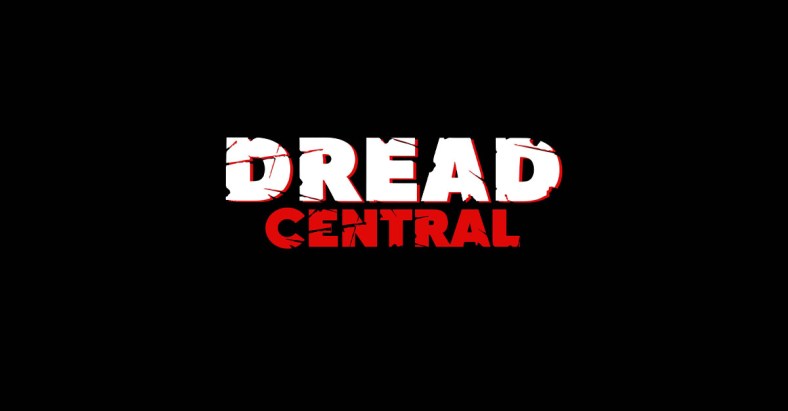
As viewers, we can’t blame her, though. She blames Samuel for her husband dying. Her sister remarks that she doesn’t want Samuel around and even claims she can tell Amelia doesn’t like being around him; Amelia is completely shut out by her family. When she tries to report someone (the Babadook, allegedly) stalking her, the police laugh at her. When she tries to explain to her boss and her co-worker why she cannot go to work, they decide to fire her. The only constant person Amelia has in her life is Samuel, and she looks at him as being the driving force behind why her life is so chaotic.
Amelia and Samuel want to shut themselves out from the world, so most of the setting takes place in their home. Over the course of the film, the lighting and mood in the film get darker both visually and psychologically. Even their television directly correlates with what is going on in their house; classic horror movies were shown in a few scenes and a news report of a woman killing her son in the basement is shown in another scene. There are even subtle differences in Amelia’s hairstyle throughout the film; in the beginning and near the middle of the film, Amelia’s hair is in an up-do, and then after the climax of the film, Amelia’s hair is down. This could be a metaphor for Amelia finally letting her hair down in regards to dealing with her mental illnesses.
Amelia believes keeping Samuel at home will keep both of them safe; unfortunately, since she created the persona of the Babadook, their home becomes the temple of terror. The more they become shut off from the rest of the world, the more Samuel has to completely rely on Amelia, and the more his “imagination” grows wild about the Babadook. It is clear to me that the Babadook represents depression and anger Amelia feels; when she claimed she used to be a children’s book writer was when she made up the Babadook. He became her escape from reality.
Amelia is by no means a bad mother, even though some may beg to differ (e.g,. Amelia didn’t take Samuel to see professionals earlier before his temperament got out of control; Amelia asked the doctor to prescribe Samuel tranquillizers just so she could cope better, and then she continued to have Samuel take these pills when he complained of side effects; Amelia took Samuel out of school for 2 weeks with no real plan; near the end of the film, Amelia’s anger and Babadook persona became out on control to where she screamed at him and may have actually killed him). While all of these would be considered physical and emotional child abuse, I can argue that her mental illnesses kept her from being able to be a good mother. She loved her son and wanted what was best for him, but she did not know how to achieve that. She felt like a failure because she felt everyone around her gave up on her; however, even as she was strangling Samuel, he continually told her he loved her forever. She even admits to him: “I’m sick, Sam. I need help,” and this becomes the one part of the film where she actually addresses her mental illness aloud.
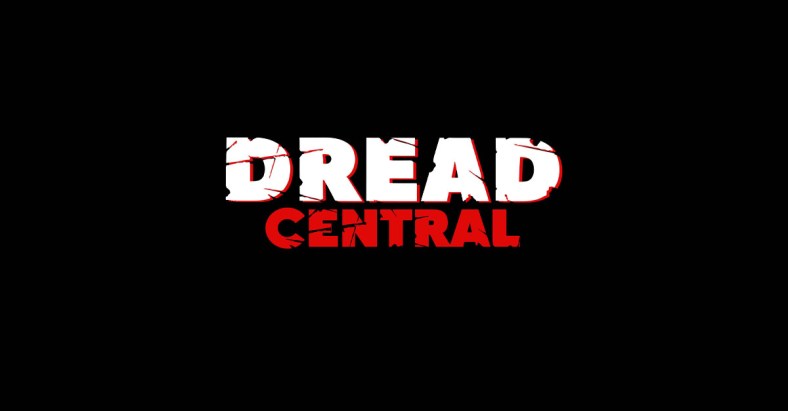
I believe Amelia’s mental illness won in the end. Based off of what she drew in the book, her first task was to kill their dog, then her son, then herself. The ending represented a fantasy world of how Amelia wanted everything to be with Samuel, how she imagined herself being the perfect mother celebrating Samuel’s 7th birthday. She was able to release her pain by killing herself, though, so she was never able to experience this fantasy world.
Media can have a lot of commentary on real societal issues. Many suffering with mental illnesses either do not understand they have one or they choose to not have them treated. According to Victoria Bekiempis’ article on Newsweek.com, “Nearly 1 in 5 Americans Suffers from Mental Illness Each Year”: “The data, compiled by the Substance Abuse and Mental Health Services Administration (SAMHSA), also indicate that approximately 9.3 million adults, or about 4 percent of those Americans ages 18 and up, experience “serious mental illness” – that is, their condition impedes day-to-day activities, such as going to work.”
With so many suffering from mental illnesses, it could be assumed that the overall attitude in the United States would be more empathetic toward those suffering; unfortunately, many suffering with mental illnesses feel they have nowhere to go because of the lack of health care coverage. Can those with mental illnesses still be good parents? Absolutely, but they need to find some stability in their own lives before they can handle taking care of someone else. If Amelia had gotten some help earlier and learned healthy coping mechanisms, then the Babadook may have never existed.
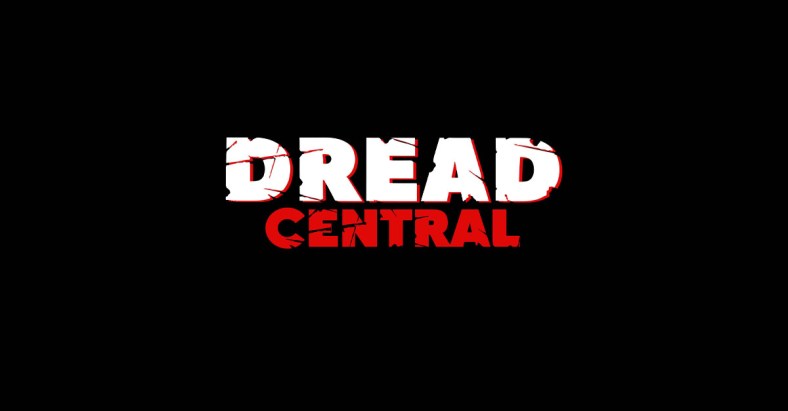
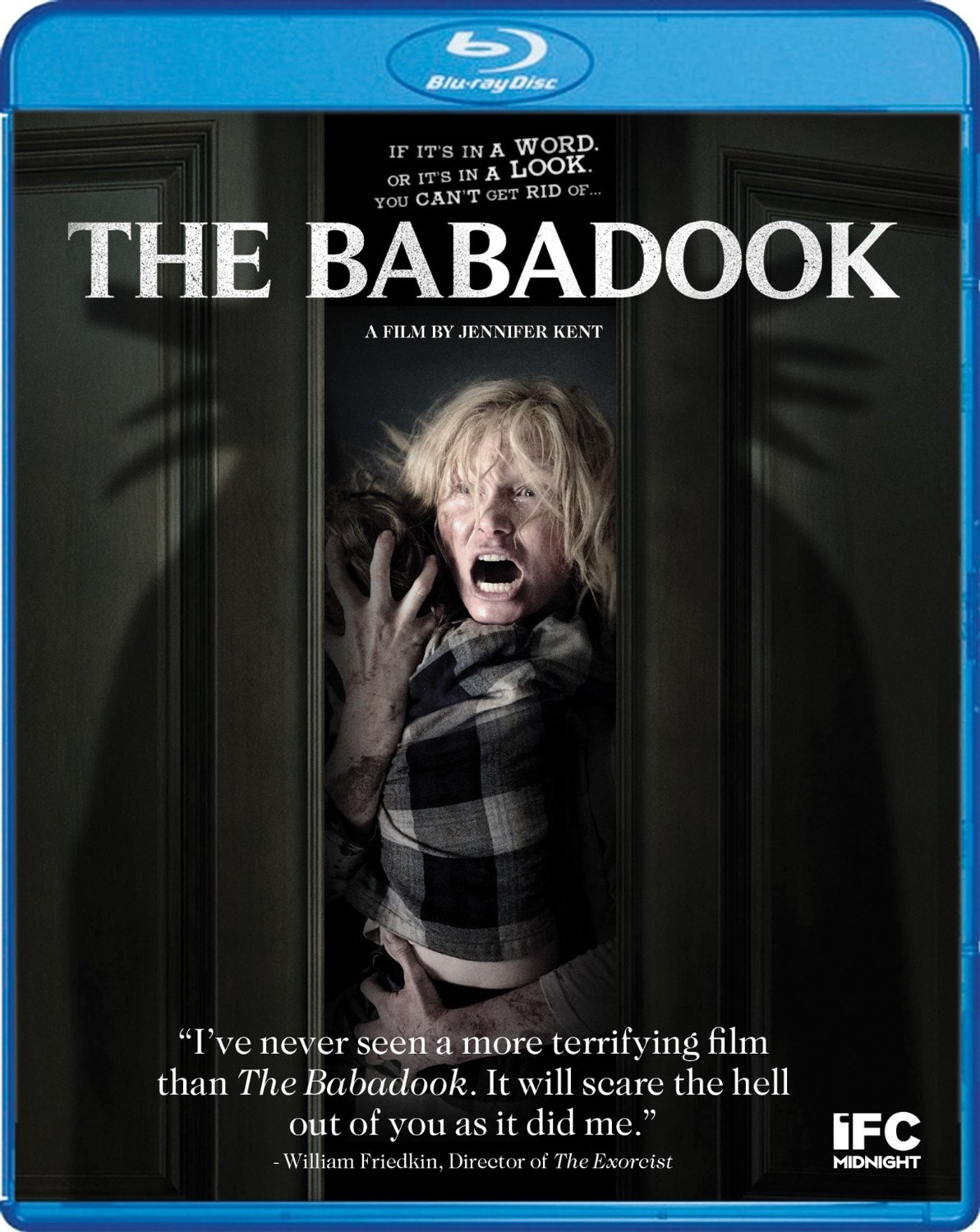
Categorized:Editorials News
